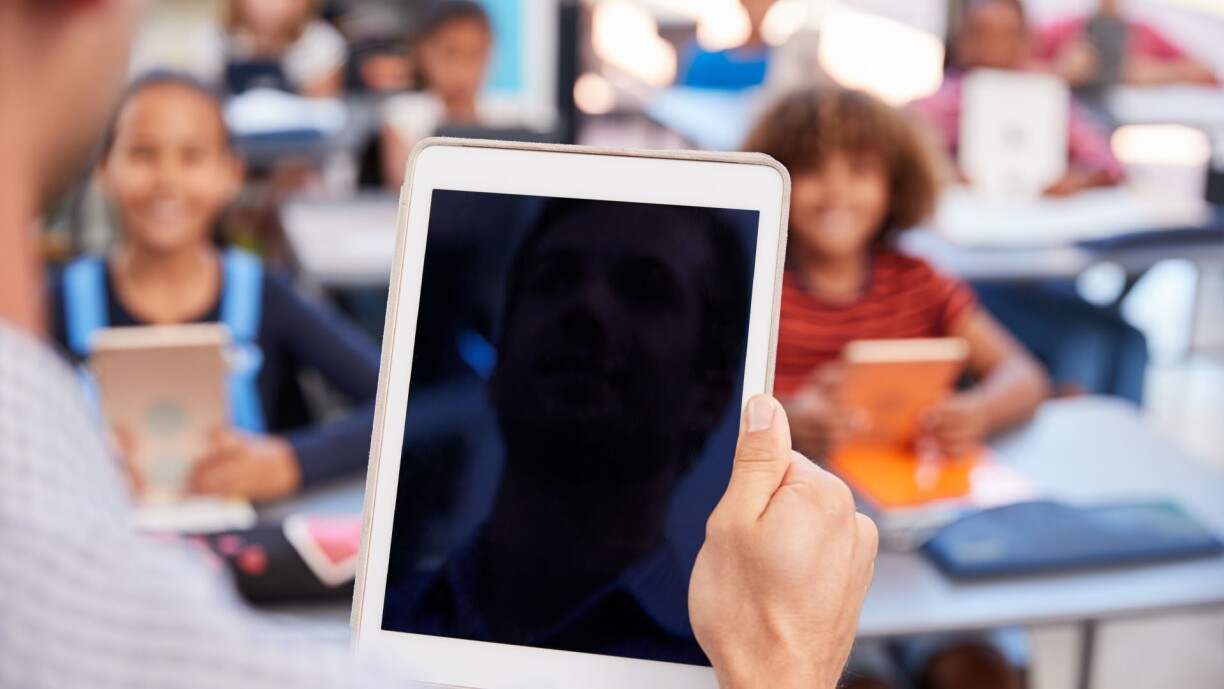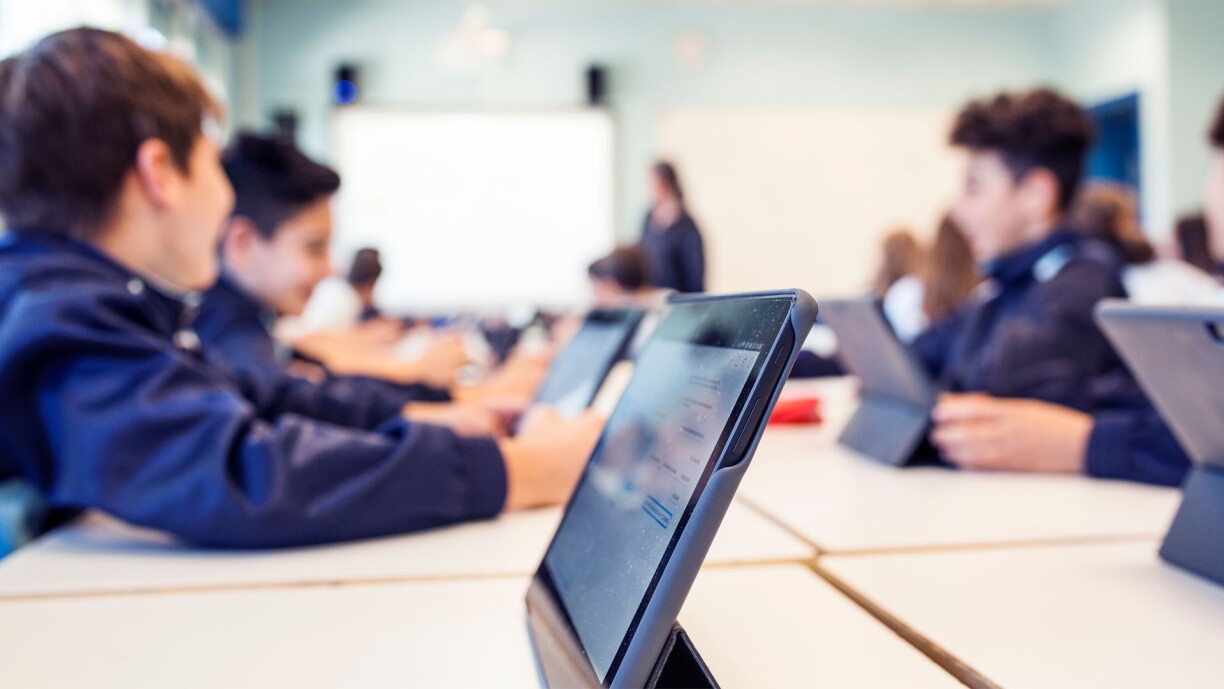
With the recent announcement that smartphones are to be banned in Luxembourg’s primary schools by Easter, the topic of electronic devices in education is as hot as ever. And there is no doubt that tablets and laptops in schools can be an extremely powerful educational tools when used correctly and in moderation. So, let’s take a look at some of the benefits and pitfalls of using tech in the classroom.
Every school has its own IT policy. Some schools will have specific IT suites consisting of computers or tablets for students’ use. IT departments or individual teachers have control over these devices and can restrict what students are able to do in the classroom. Other schools have a BYOD (Bring Your Own Device) policy which can enable students and parents to make a choice as to their preferred device according to size, budget, or operating system. Most secondary schools assume that students have access to the internet on a device at home in order to complete their home learning.
In lessons, teachers might encourage students to make use of devices for research and note taking; completing tasks or writing essays; or collaborating with their classmates on joint projects and group presentations. Online platforms can be incredibly valuable for assessing progress and many students make use of apps for creating flash cards, doing online quizzes, getting creative in art and design, producing short films, or making music to name a few.
For children with additional learning needs, technological devices offer a myriad of powerful tools to enhance accessibility in the classroom. Assistive technology includes functions such as text-to-speech, writing support, graphic organisers, maths notation tools, alternative keyboards, Bluetooth listening systems for students with hearing impairments… the list goes on. Whether or not a child has a formal diagnosis of a learning or behavioural difficulty, devices can provide invaluable help and support, boost confidence and enable independence when used in a disciplined, controlled way.

Students can communicate with their teachers, staff, and other students via many apps and platforms, such as email or Microsoft Teams. Students and teachers can collaborate and give feedback on shared documents and presentations. The beauty of this is that students can seamlessly continue their workflow from school to home, no longer having to arrange in person meet ups to complete homework projects or wait until the next lesson to ask their teacher a question.
Of course, there are several disadvantages and concerns surrounding the use of technological devices at school. This is a current topic for debate amongst members of the teaching union SEW, who are advocating for a reduction in the reliance on tablets and computers in schools.
One concern is that high levels of screen time can lead to sleep problems and physical ailments such as headaches and eye strain. Plagiarism is easier as the ‘copy and paste from Wikipedia’ is a quick and easy fix to a last-minute homework task. The rise of AI is concerning teachers who set home learning tasks only to find that the submission has been completed by ChatGPT rather than the student himself.
Within BYOD schools, poor online behaviour and safety is arguably more of a worry. Schools do not always impose network limits on personal devices, therefore enabling irresponsible usage. Thus, despite recent interventions across Luxembourgish schools to restrict or ban the use of mobile phones, children could continue to access social media and games on their tablets and computers.
It’s not just the students who are affected by ineffective BYOD policies. Even the most technologically minded teacher may find it difficult addressing the technical issues of 30 different devices and various operating systems (unless the school has an iPad only policy, for example). Parents may face challenges or financial stress when choosing which device to buy.
Overall, the advantages to using tablets and computers in school are huge and most will agree that technology is the future. It is clear, however, that the government, school managers and educators all share a responsibility to ensure that today’s students receive a broad, balanced education. Writing by hand; reading actual books; going outside in the fresh air; engaging in real life social interactions; we need to ensure that the screens in our children’s lives are there to enhance and improve learning experiences; not to detract, dictate and distract.